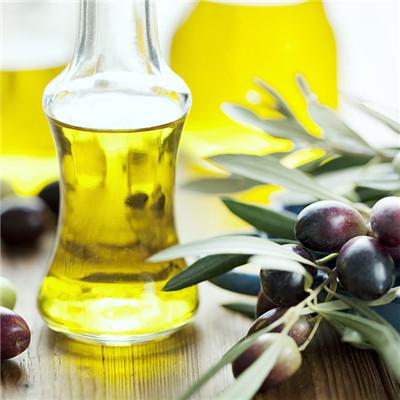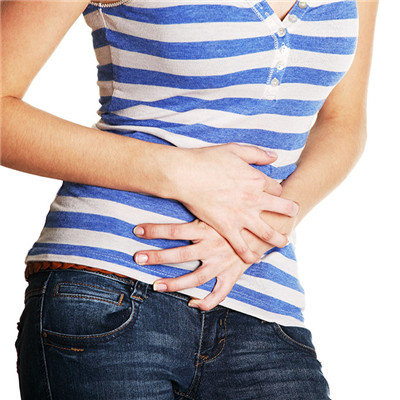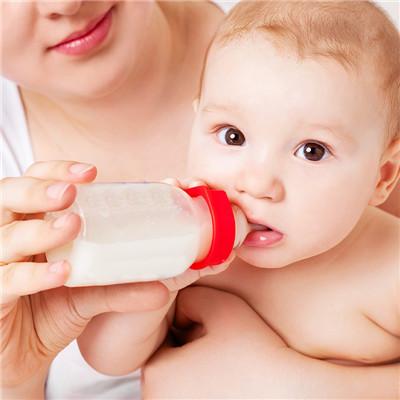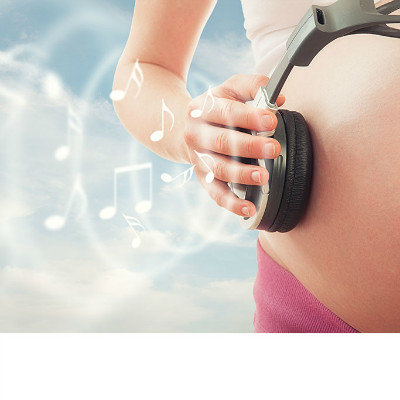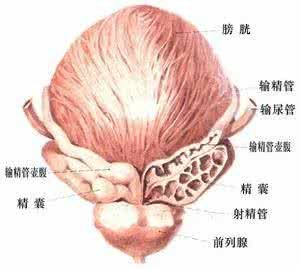What dish does liver ascites patient eat
summary
Ascites is the most prominent sign of decompensated liver cirrhosis, suggesting that liver cirrhosis has been decompensated. Due to the long course of the disease, the symptoms are not easy to improve, and the prognosis is poor. Patients often have fear, pessimism, disappointment, anxiety, loneliness, inferiority complex, blindness, suspiciousness, abandonment and other bad psychology. Patients with liver ascites must pay attention to their diet. Next, I'll introduce to you what dishes the patients with liver ascites eat.
What dish does liver ascites patient eat
First: 500 grams of big crucian carp, 2 garlic heads, 3 grams of Sichuan pepper, 5 grams of tangerine peel, 5 grams of spring Amomum villosum, 3 grams of Piper. Put all the ingredients such as onion sauce, salt, pepper and garlic into the fish maw and cook them for soup. It is suitable for liver cirrhosis ascites, abdominal distension such as drum, pressing hard full, pale or dark complexion, cold limbs and chills, loose stools, body fatigue and weakness, light red tongue, white fur, weak pulse.
Second: carp 1 (about 500 grams, to the intestines left scale), pepper, fennel, onion, ginger each amount, fried soup service. Indications: ascites due to cirrhosis.
Third: 90 grams of corn, turtle 1 (to head, dirty, clean cut). Boil the water until it is cooked and rotten, then drink the soup and eat the meat with seasoning. It is suitable for liver cirrhosis ascites, abdominal distension such as drum, pressing hard full (such as wrapping water), dry lips and mouth, epistaxis, upset hot flashes, crimson tongue or light peeling, fine pulse count.
matters needing attention
Patients with ascites may experience * retention of water and sodium. Limiting sodium intake or using sodium excretion and diuretics can cause ascites to subside, increase sodium intake, and ascites can occur again. Therefore, sodium restriction is very important in the treatment of ascites. However, long-term salt restriction will also lead to loss of appetite and decrease of food intake. Therefore, when there is a large amount of ascites, it is better to limit the sodium intake in a short term, with the daily intake controlled within 2 g, and maintain it at 4 G after the symptoms improve.

